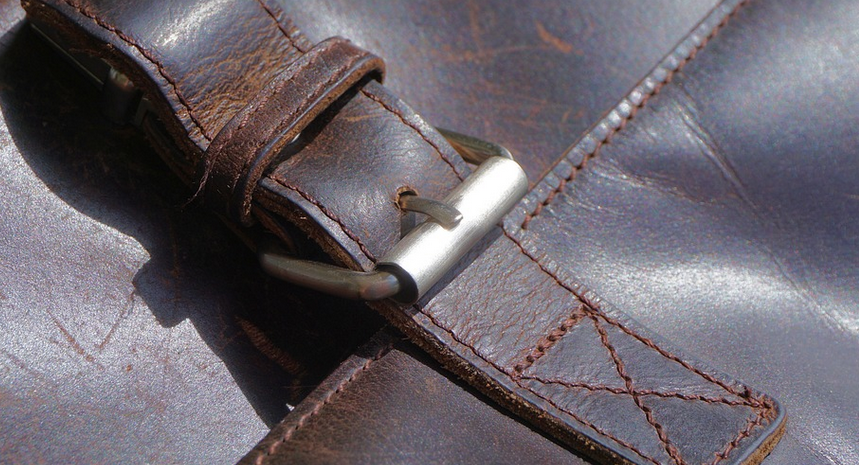What Makes a Chain Link Collar Stand Out?
You’ve likely seen them in action on the leash: those robust, sturdy chains that some folks associate with working dogs or tough breeds. Chain link collars are less about flash and more about functionality, often favored for their durability and control over canines of various sizes and temperaments.
There’s a reason chain link collars have stood the test of time! They’re designed to tackle everyday doggy needs with a blend of reliability and style. While there are more whimsical styles these days aimed at dog walks and playdates, a classic chain link collar is still a great option for many dog owners.
Why Choose Chain Link Collars?
Chain link collars offer a unique combination of features that make them stand out from the competition: * **Unmatched Durability:** These collars are built to last! They’re often crafted using heavy gauge chains and robust hardware. They can withstand wear, tear, and even rough play, making them ideal for energetic dogs who might not be afraid to tug or pull when walking. * **Enhanced Control:** The chain links create a firm grip on the collar, allowing you to safely guide your dog with greater control compared to some flimsy options. Think of it as having a hand-held anchor point on your pup’s neck that provides consistent and secure guidance. This is particularly helpful when training or managing dogs who pull on the leash. * **Adjustable Comfort:** A properly designed chain link collar can be adjusted for proper fit, ensuring comfort for your dog while still maintaining control during walks or outings. This minimizes chafing or discomfort while providing a snug and comfortable fit.
Understanding Different Types of Chain Link Collars
There’s more to a chain link collar than meets the eye! Here are some common types: * **Standard Chain link collars:** These are the workhorses, often found in multiple sizes for larger breeds. They typically feature a single chain loop that connects the collar’s D-ring and provides an easy way to attach tags or ID information. * **Double Chain link collars:** These add another layer of security. The double chain links increase resistance to pulling, making them ideal for dogs who like to tug on their leashes. This design choice offers a more secure fit, especially in moments of excitement when your dog might pull harder than usual. * **Chain Link Leash Collars:** Combining the functionality of a leash and collar, these offer easy leash attachment points that secure the leash while allowing for quick and easy adjustments. These are excellent options for dogs who need extra control on walks or hikes.
Caring for Your Chain Link Collar
Maintaining your chain link collar is crucial to its longevity. Here’s how: * **Regular Cleaning:** After each walk or outing, gently wipe down the collar with a damp cloth and mild soap. This removes dirt and grime while preventing corrosion of the hardware. * **Inspecting for Wear and Tear:** Check your collar regularly for signs of wear, such as loose links, rusty hardware, or fraying fabric. If any issues are detected, replace the parts to ensure optimal performance and safety for your dog.
Choosing the Right Chain Link Collar
Finding the right chain link collar requires careful consideration: * **Dog’s Breed and Size:** Always match your dog’s size with a properly sized collar. Avoid getting collars that are too tight or loose, as this could restrict movement or cause discomfort for your furry friend. * **Training Goals:** If you’re working on leash training with your dog, consider opting for a heavier chain link collar with D-rings and sturdy hardware. This provides additional control during the learning process.
The Chain Link Collar: A Timeless Classic
Beyond simple utility, chain link collars offer a unique sense of tradition that speaks to their durability and reliability. While new trends in dog fashion might come and go, the classic design of a chain link collar remains a timeless choice. It’s not just about functionality; it’s about building a lasting bond with your canine companion.
